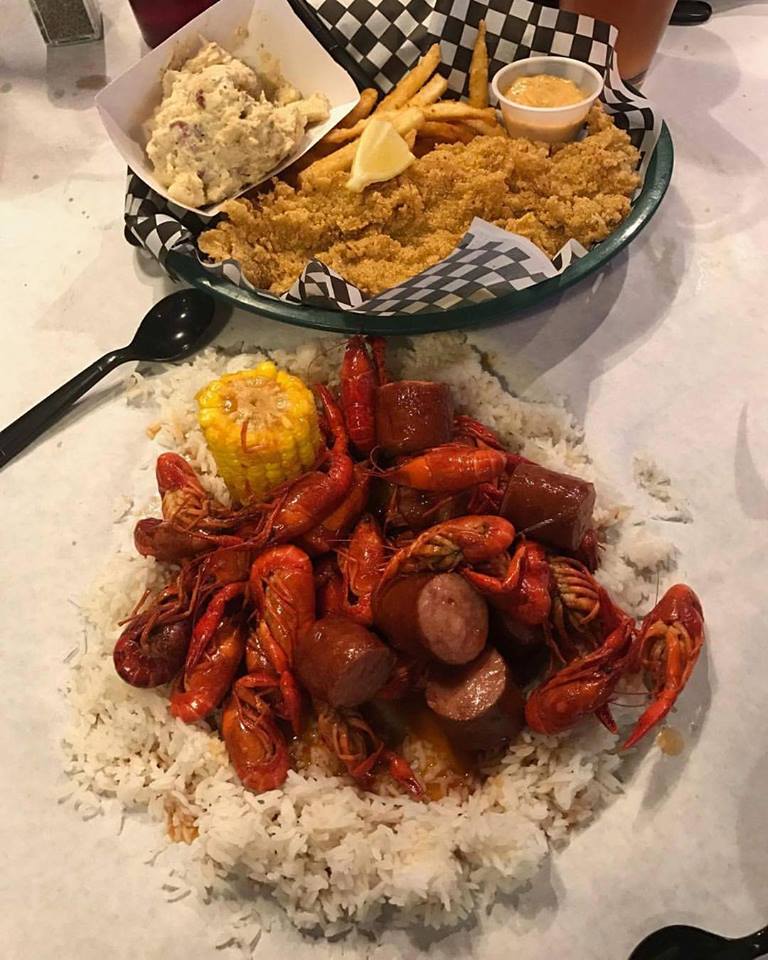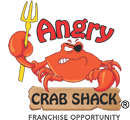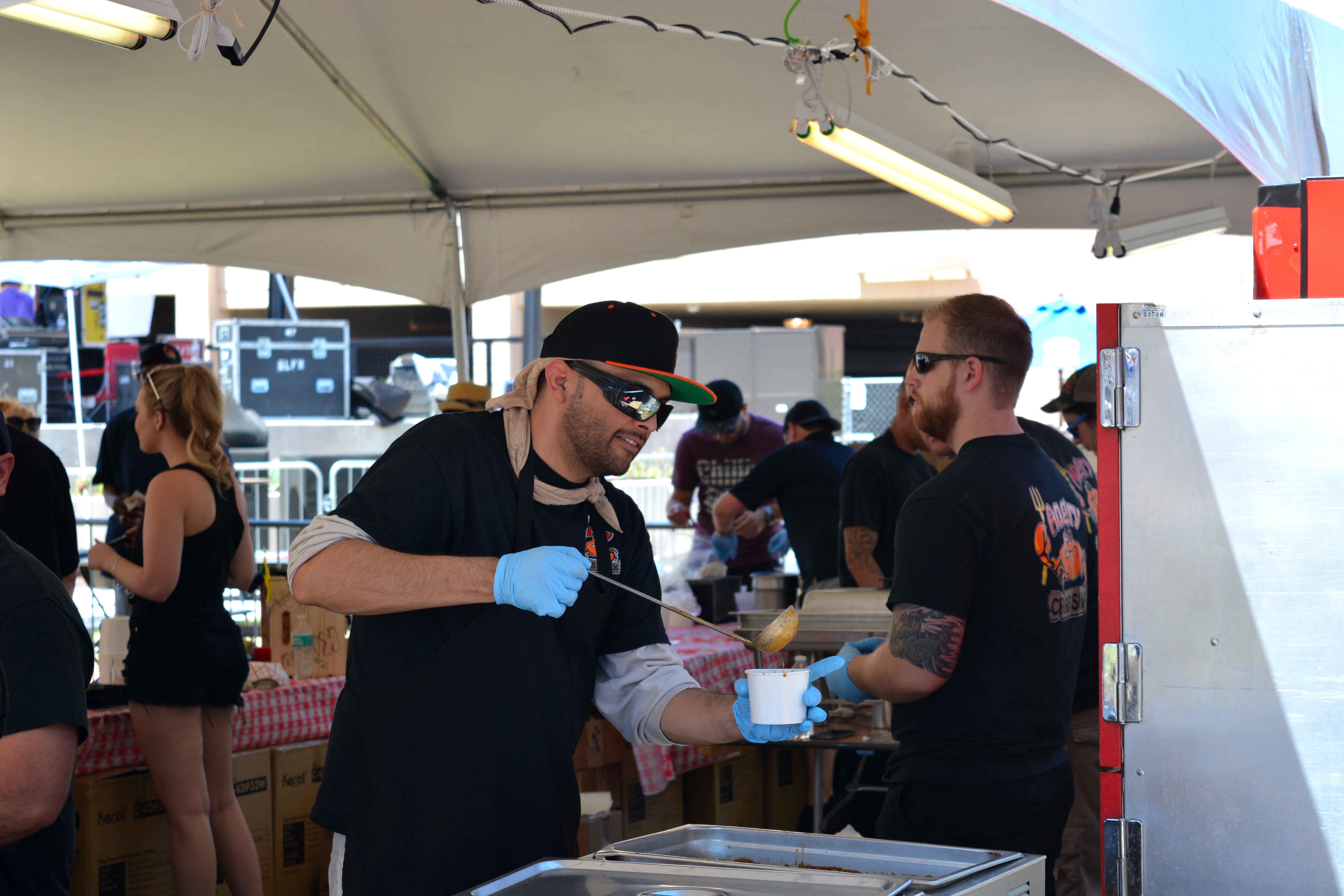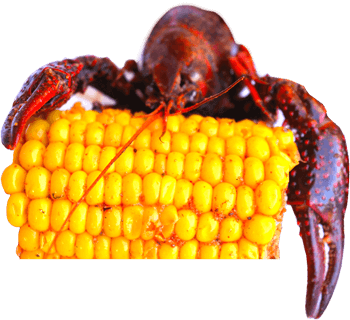Seven of the top 10 biggest franchises in the world are restaurants. With food and beverage concepts controlling much of the market share in the franchise industry, they’re a strong investment for any entrepreneur. But, with a healthy amount of competition, restaurateurs need more than just a culinary passion and palatable food to run a successful business.
Measuring your key performance indicators – or KPIs – is one of the most effective ways to make sure you’re on the path to generating solid profits. In fact, with nearly half of restaurant owners tracking their KPIs on a daily basis, it’s almost become an industry-wide necessity. Here are the top three KPIs you should track to make sure your restaurant is running efficiently and turning a profit:
1. Cash Flow
As with almost any business, the first and foremost KPI to monitor is your cash flow. Cash flow is the money coming in and out of your restaurant. Fortunately, your cash flow is also one of the easiest metrics to track and configure, since you can determine it simply by subtracting cash output from cash input.
From labor costs to bank deposits, your cash flow – essentially, how much cash you have on hand – is a key indicator of your restaurant’s financial health. Naturally, you’d look for a positive cash flow where cash input exceeds output over a period of time. If you’re consistently not generating the cash flow you’d like, regularly monitoring this metric allows you to spot where you’re losing money and adjust operations accordingly.

2. Cost of Goods Sold
Cost of Goods Sold (COGS) refers to the cost required to create each food and beverage item you sell to guests. As the largest expense for many restaurants, COGS is one of the most important KPIs for you to measure. You can determine this metric by adding your beginning and purchased inventory together, and subtracting your final inventory from that total.
Within a franchise system, you’ll already be set up with a solid framework for determining this metric. And with set inventory prices, vast buying power and established vendor relationships, you can rest assured you’re always getting the best prices possible on beginning and purchased inventory.
3. Prime Cost
Your restaurant’s prime cost gives you a more comprehensive indicator of your expenses than COGS. Rather than finding ways to make more money overall, many financial strategists advise cutting expenses to improve profitability. Prime cost is the standard way of determining how much it costs to operate your restaurant, and it goes beyond mere inventory expenses.
You can determine your prime cost by adding your total COGS with total labor costs. This figure will be the standard line item on your profits and losses statement and will give you a great measure of areas where you can make small cuts to improve profit margins.
With proven systems and a framework for success, running a restaurant franchise is less complex than an independent operation in many ways. And with low overhead, simple operations and strong sales, brands like Angry Crab Shack have consistently solid margins, providing our franchise partners with an unparalleled return on investment. In fact, the average unit in our system grosses more than $3 million annually.
It’s important to consistently monitor relevant KPIs. Restaurant franchise concepts like Angry Crab Shack have all the systems in place to foster positive cash flow, COGS and prime costs. We also provide you with all the operational support you’ll need along the way.



